Forest Management
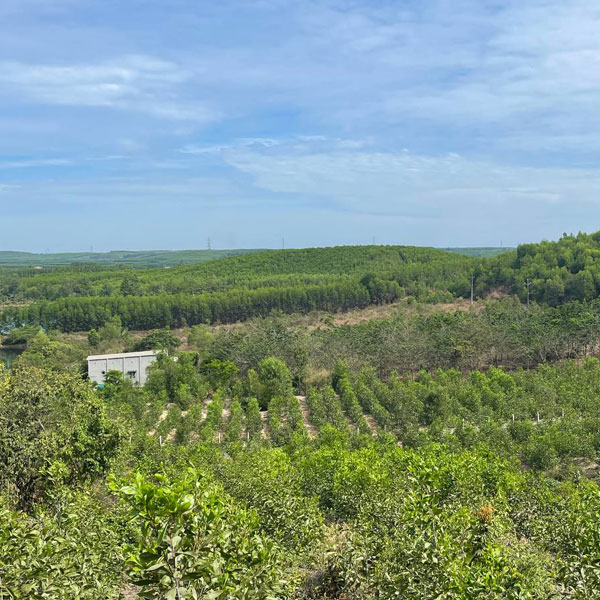


What is forest management?
Forest management refers to the practice of planning and implementing strategies to sustainably manage forest resources for multiple objectives, including timber production, biodiversity conservation, soil and water conservation and climate change mitigation.
It involves a series of activities aimed at maintaining the health and vitality of forest ecosystems while balancing the needs of economic development, environmental protection, and social benefits.
Key elements of forest management include:
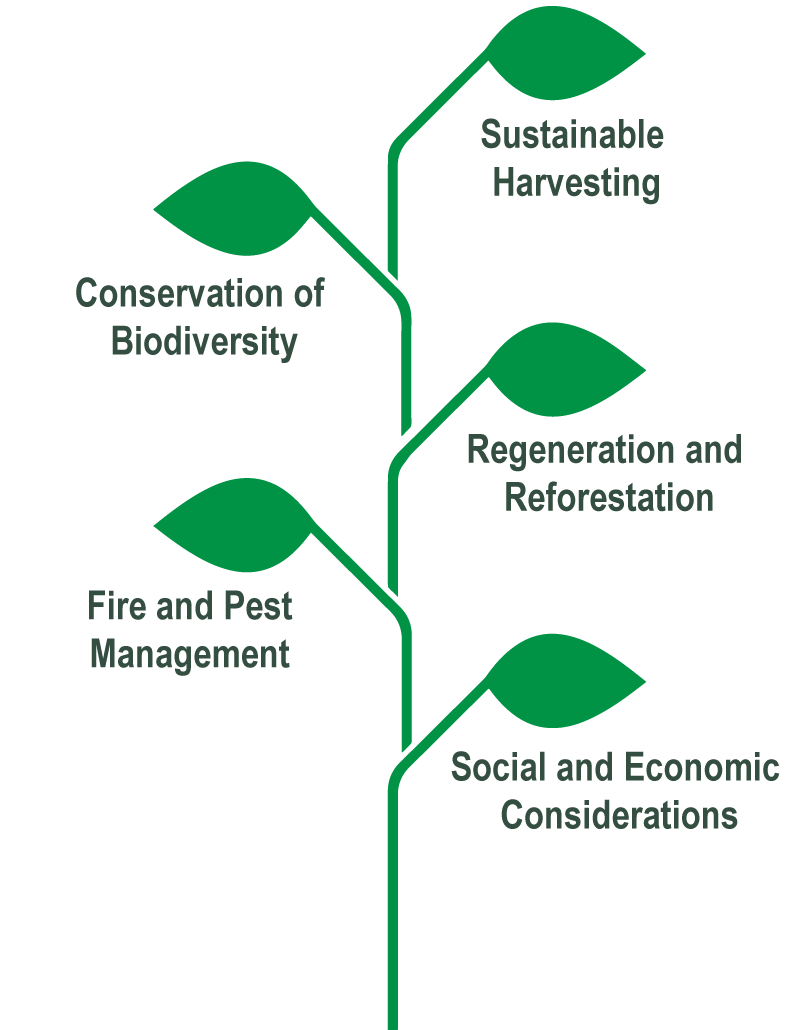
- Sustainable Harvesting: Ensuring that the rate of timber and non-timber resource extraction does not exceed the forest’s natural regeneration capacity. This is often guided by forest management plans and harvesting quotas based on ecological assessments.
- Conservation of Biodiversity: Protecting the variety of plant and animal species within the forest by maintaining diverse habitats and ecosystems. This includes setting aside areas of the forest for conservation and preventing habitat destruction.
- Regeneration and Reforestation: Promoting natural regeneration of forests or replanting to restore ecosystems and ensure that forests continue to thrive for future generations.
- Fire and Pest Management: Implementing practices to prevent and control wildfires and pest outbreaks, which can devastate forest ecosystems if not managed properly.
- Social and Economic Considerations: Ensuring that forest management practices benefit local communities, support livelihoods, and provide economic opportunities while respecting social and cultural values.

What is the best way to manage forests?
We understand that forest management extends beyond just the trees – it involves safeguarding the entire ecosystem.
Our strategic plan from 2025 to 2030 is that we have integrated scientific research and innovation into our approach, ensuring that our practices are not only effective but also adaptive to the evolving challenges of climate change and environmental degradation.
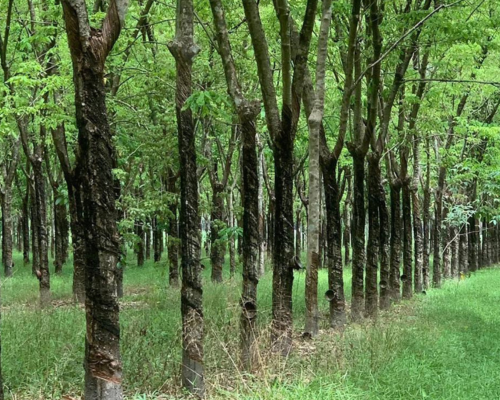
Our commitment to sustainability includes detailed planning and rigorous monitoring of forest resources to ensure they continue to meet the needs of both industry and biodiversity.
In line with our strategy, we collaborate with local communities, governmental bodies, and non-governmental organizations to share knowledge, tackle challenges, and promote sustainable practices across the supply chain. This collective effort reinforces that forest management is not only a corporate responsibility but a shared mission aligned with national and global environmental goals.
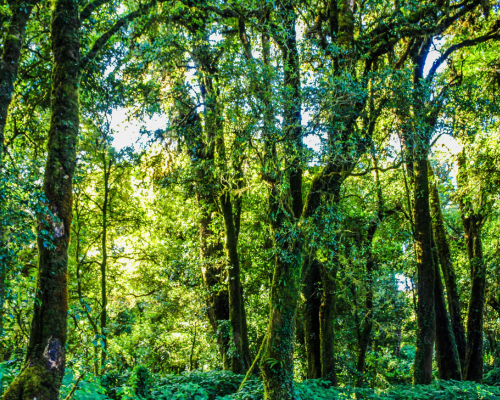
Moreover, we are exploring new ways to enhance forest productivity through agroforestry and forest diversification. These initiatives, part of our 2025–2030 plan, not only strengthen ecosystem resilience but also offer alternative livelihoods for local communities.
Through continuous innovation and unwavering dedication to sustainable practices, SSR VINA is ensuring that forests remain a valuable, renewable resource for generations to come, while advancing the future of the solid wood industry.
Timber Harvesting and Sustainable Practices
Timber harvesting is a critical process for producing forest-based products such as timber, pulp, and other materials. It can also be necessary for land clearing, infrastructure development, or other agricultural needs.
However, this activity significantly impacts the forest ecosystem, particularly when it involves the use of heavy machinery and the creation of transport lanes, both of which can harm the residual trees, pollute the environment, or lead to soil erosion.
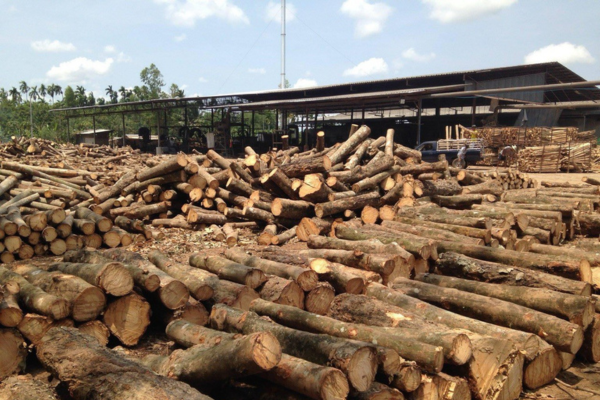
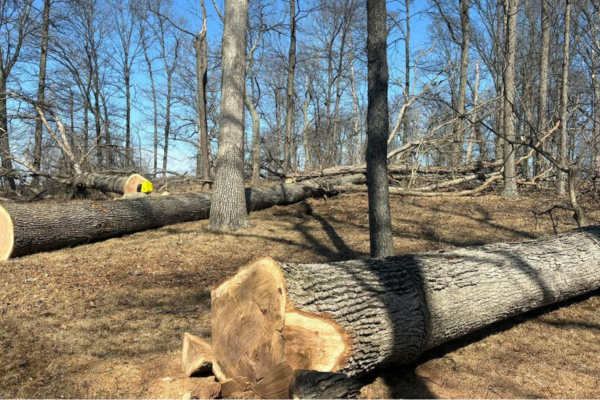
To mitigate these harmful effects, ‘Reduced Impact Logging’ (RIL) techniques have been developed to minimize the ecological damage during timber harvesting. This approach focuses on preserving forest health while allowing for the careful extraction of resources. In temperate regions, for instance, RIL may involve harvesting timber only when the ground is frozen, preventing soil damage from heavy equipment.
In tropical areas, the practice may include early removal of lianas that could tear down neighboring trees when felled, thus preventing unnecessary damage to both the forest and workers. Across all regions, RIL emphasizes foresters’ understanding of tree quality, careful planning of tree falls to avoid collateral damage, and minimizing the width of roads and pathways to reduce disruption to the environment.
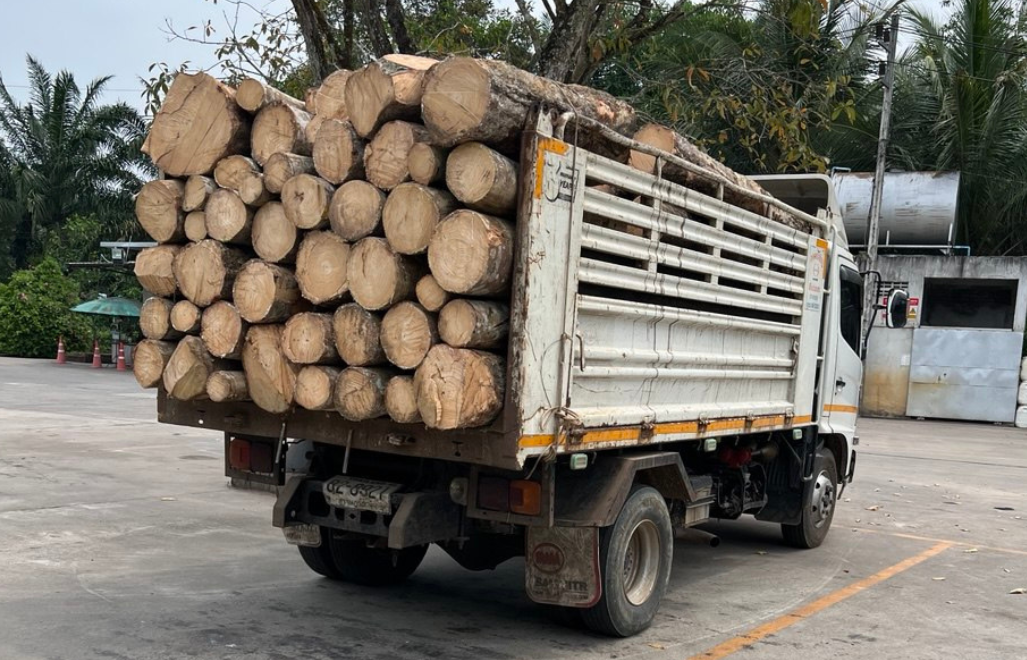
Sustainable forest management goes beyond harvesting techniques and includes broader strategies to protect biodiversity and ecosystem functionality. This may involve setting aside conservation buffer zones, maintaining forest corridors, and ensuring connectivity between natural forest patches to preserve the genetic diversity of plants and animals. These practices are essential to maintaining ecological balance and safeguarding the long-term health of forests.
Sustainable forest management goes beyond harvesting techniques and includes broader strategies to protect biodiversity and ecosystem functionality. This may involve setting aside conservation buffer zones, maintaining forest corridors, and ensuring connectivity between natural forest patches to preserve the genetic diversity of plants and animals. These practices are essential to maintaining ecological balance and safeguarding the long-term health of forests.
conservation buffer zones
maintaining forest corridors
ensuring diversity of plants and animals

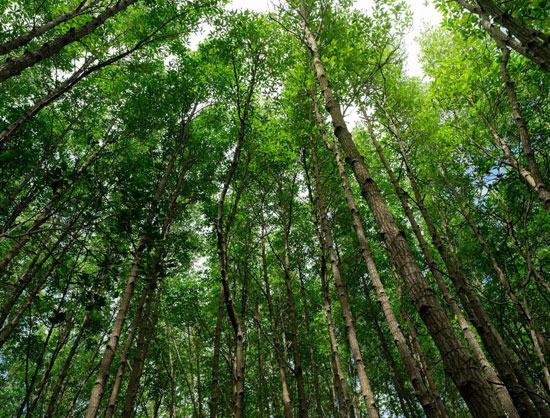

The intensity of timber harvesting varies, with methods ranging from clear-cutting to selective logging. Clear-cutting involves removing all trees within a defined area, while selective logging targets specific trees, leaving the surrounding vegetation and soil largely undisturbed. The choice of method directly impacts the structural integrity of the forest, with selective logging often being the more ecologically responsible option as it preserves the forest’s natural resilience. Proper forest management must balance timber needs with ecological preservation, ensuring that forest resources are responsibly managed for future generations.
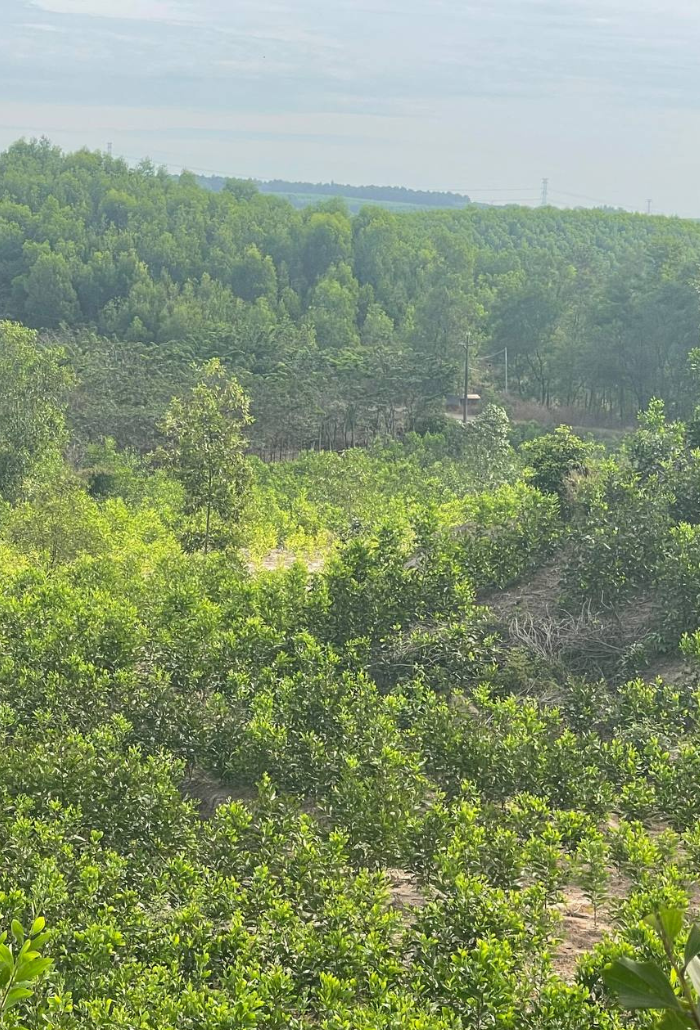
Reforestation
Reforestation is the process of replenishing trees in areas where they have been removed, whether due to harvesting, logging, wildfires, disease, or drought. This vital practice ensures that forest ecosystems can continue to thrive, contributing to a range of ecological, social, and economic benefits.
Reforestation can take place through natural regeneration, where seedlings from nearby forests naturally grow in disturbed areas, or through artificial regeneration, where human intervention is required to plant seedlings in areas that may not otherwise regenerate.
Natural regeneration relies on the forest’s ability to naturally recover, with seeds from surrounding trees falling and sprouting in cleared spaces. This method can be highly effective if the surrounding forest remains intact and conditions are favorable for seedling growth.
However, in areas that have been heavily disturbed or where natural regeneration is unlikely, artificial regeneration becomes necessary. In these cases, planting seedlings helps restore the forest more quickly, ensuring that forest cover is reinstated and that critical habitat is re -established for wildlife. Reforestation plays a central role in sustainable forest management, as it allows ecosystems to recover from disturbances, whether man-made or natural.
maintain carbon sequestration
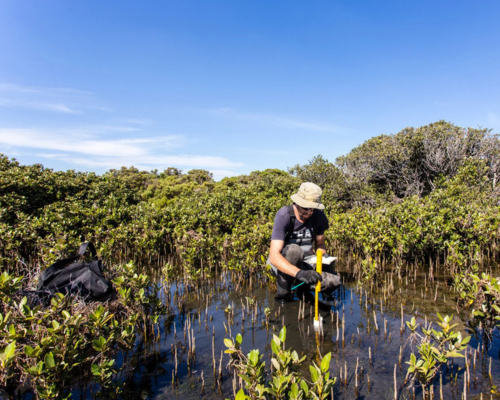
biodiversity

soil stability
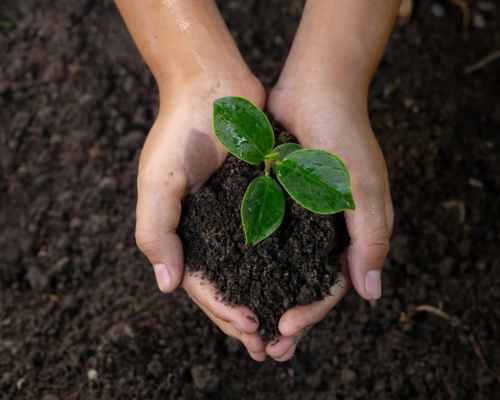
For example, forests act as critical carbon sinks, absorbing carbon dioxide from the atmosphere and mitigating the effects of climate change. Additionally, reforestation helps protect the water cycle, preventing erosion and preserving water quality by stabilizing soil and reducing runoff.

A comprehensive reforestation strategy includes not only planting trees but also ensuring the long-term health and diversity of the restored forests. This means selecting a variety of tree species that are native to the region, fostering biodiversity, and preventing monoculture plantations that could be more vulnerable to pests, diseases, and changing climate conditions. Effective monitoring and maintenance of these newly planted forests are essential to ensure that they grow into healthy, mature ecosystems that can withstand future challenges.
Reforestation also serves a social purpose by providing employment opportunities in rural areas, supporting local economies, and engaging communities in the stewardship of their natural resources.
It is an essential component of broader conservation and climate change mitigation efforts, helping to reverse environmental damage and contribute to the global goal of preserving biodiversity for future generations.
Incorporating reforestation into forest management not only ensures the renewal of timber resources but also creates resilient ecosystems that can support diverse wildlife, maintain ecological processes, and provide long-term environmental and economic benefits.






